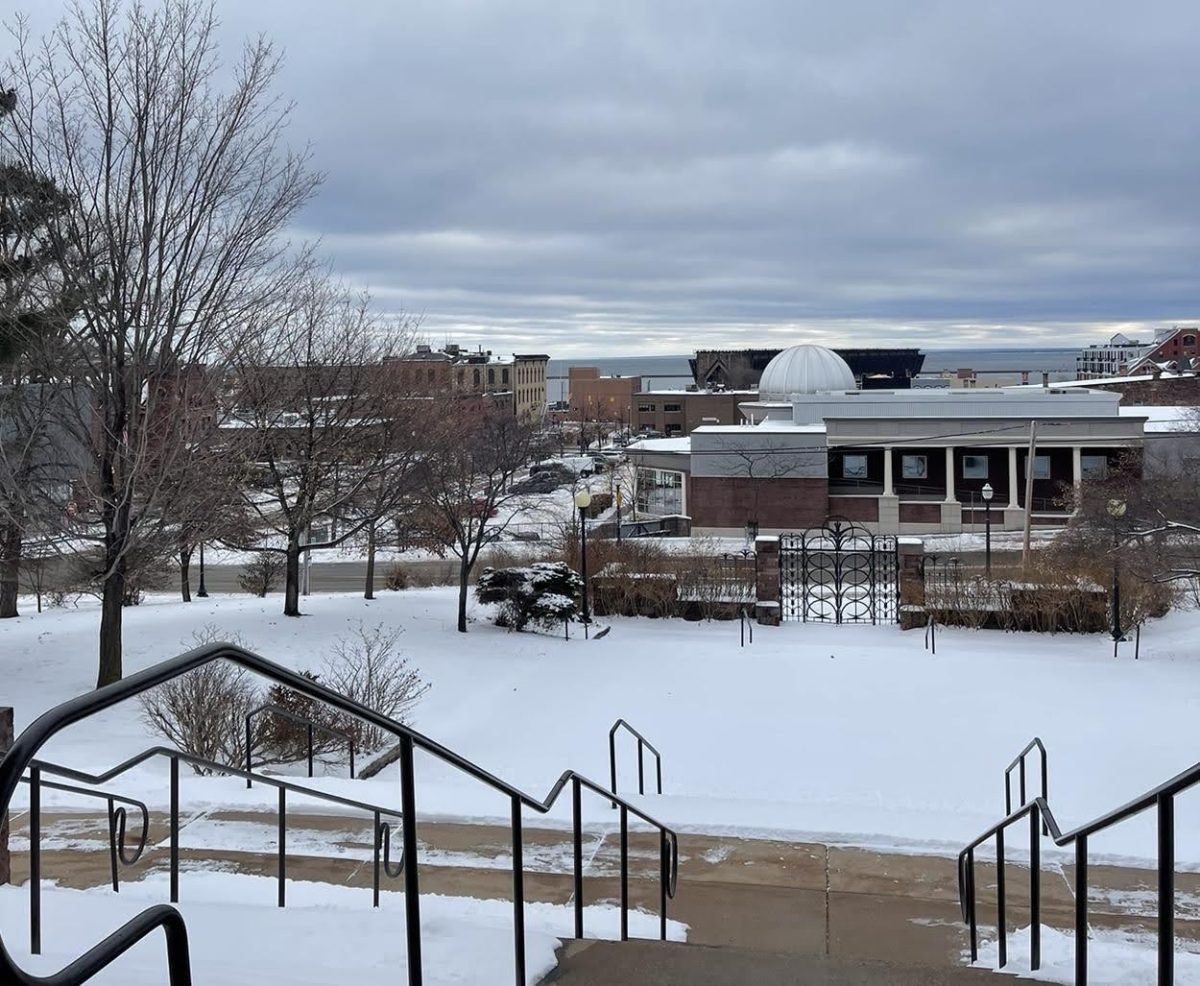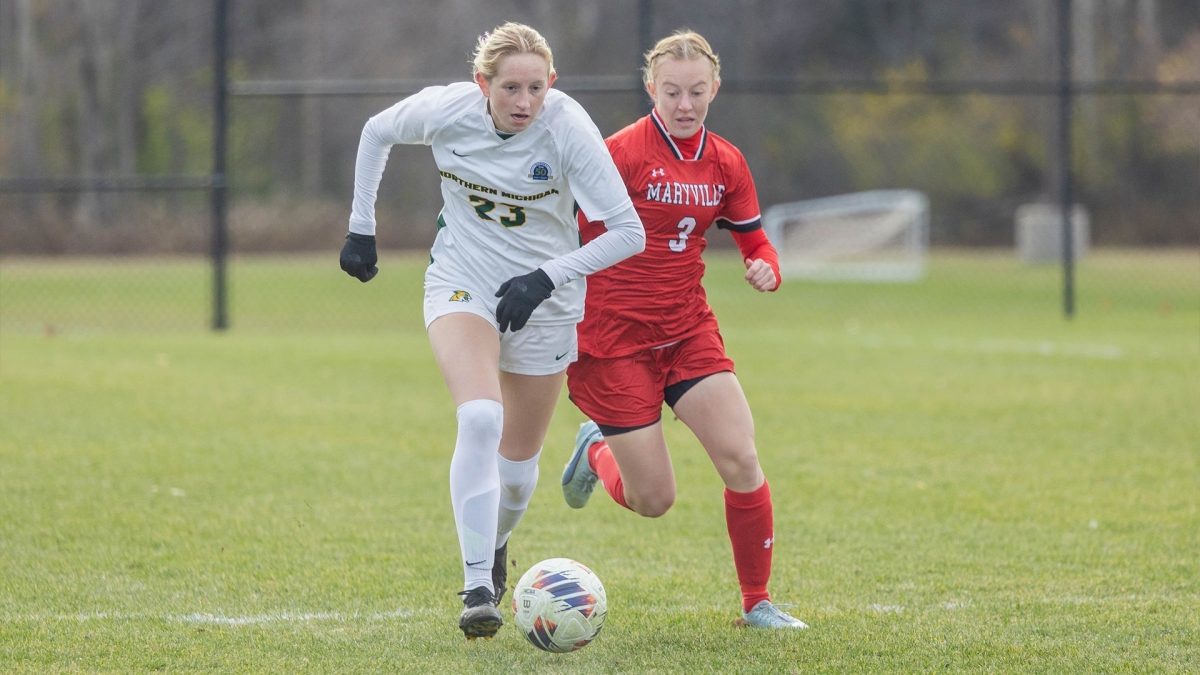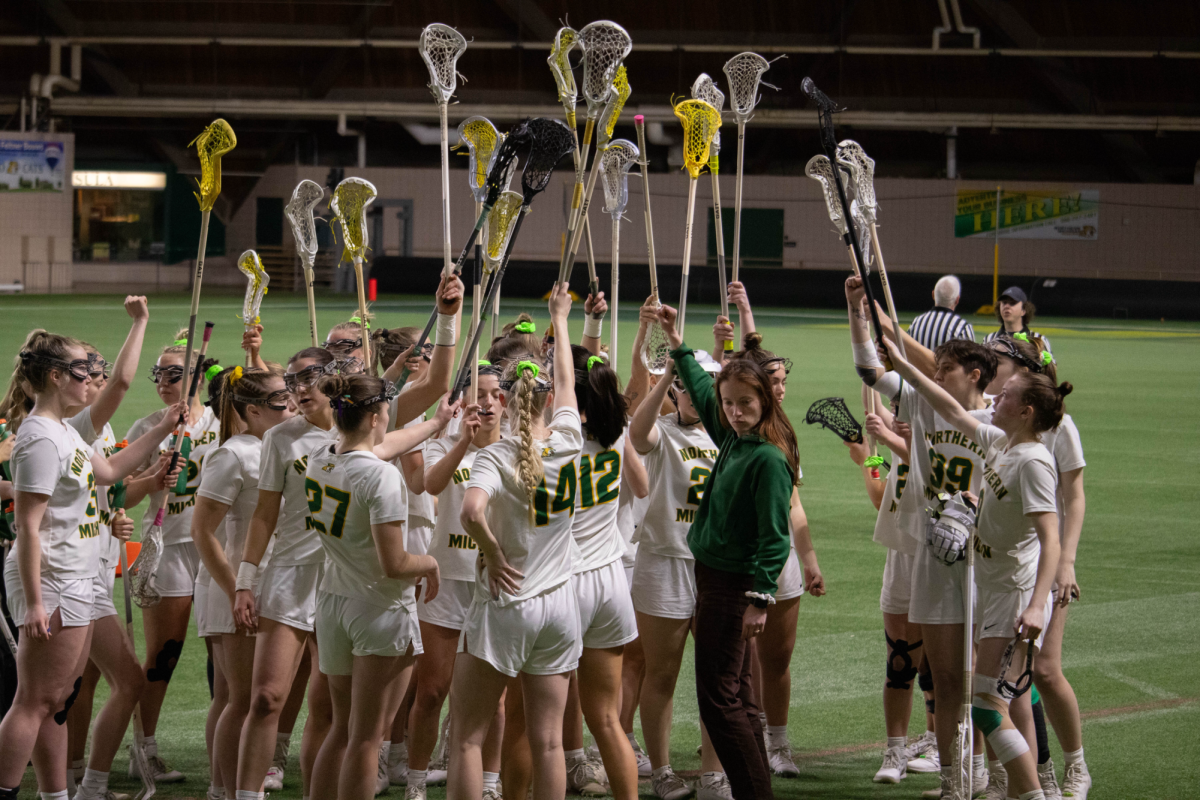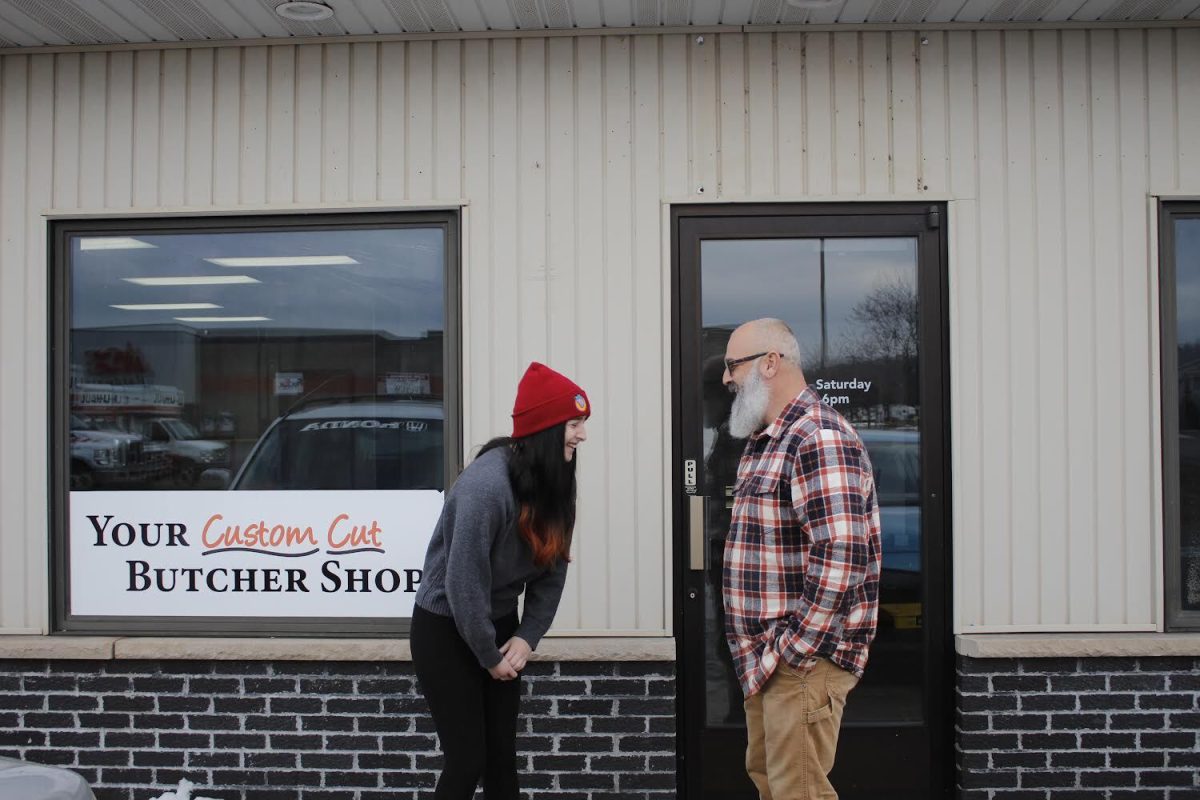A college dorm room may seem like an unlikely place to find culinary creativity, but for students it can be a convenient alternative to fast food when the cafeteria loses its appeal.
At Northern, the first step to cooking in your dorm is making sure what you’re using is approved. For safety reasons, some common kitchen appliances are banned from the students rooms in an effort to prevent fires.
According to the student hand book, open element popcorn poppers, hot plates, indoor grills and anything else that uses an external heat source are banned from the dorms. But there are other appliances that are dorm friendly and easy to cook with. Microwaves are the most common on campus, but they’re not the only means of cooking.
One handy device is a hot pot. It’s commonly used for making hot chocolate, tea or coffee, but can also be used for soups. Former NMU student Sarah Geiger found other uses for it as well, such as making pasta.
The heat source on the hot pot is completely encased in the bottom of the pot, making it safe for the dorms and easy to cook in.
“[It’s] like cooking pasta on the stove,” Geiger says. She just boils enough water to keep the noodles from burning, adds the pasta and wait until it’s tender. Once it’s done, she dumps the noodles and water into a strainer at the same time to prevent the pasta from sticking. Add some olive oil to taste, and the meal is done, Geiger says.
For clean up, she recommends boiling some extra water in the pot once the noodles are done, to loosen up the starch. Pour the remaining water out once it’s done boiling, wipe it out and it’s good for another use.
There are more uses for a hot pot than just soups and pasta though. Junior psychology major Nicole Stumpf found a way to make breakfast in her hot pot when she lived in Spalding Hall.
“I hard boiled an egg,” Stumpf said. The key to making a good hardboiled egg is to put the egg in the water before turning the pot on. It’ll cook the egg better and keep it from cracking.
She also uses it to make Ramen Noodles, heat up soups, and even tried to make macaroni and cheese in it. The hot pot has proven to be a good tool for cooking, but Stumpf has other means of making food as well.
She’s able to make grilled cheese sandwiches in her room using a sandwich grill. It may seem that these would be banned along with others, such as the George Foreman Grill, but, as Woodland CA and former RA Paul Green Points out, it has one significant difference.
“You can have anything that closes all the way,” Green said. “You can’t have a George Foreman because it doesn’t close all the way.”
This allows for other appliances as well. “We make waffles in the T.V. room,” Stumpf said.
This is not only a way to avoid cafeteria food for a meal, but also helps students bond with members of their houses. Stumpf has fond memories of her RA making waffles for the house on weekend mornings.
Green has also had residents who have mini outdoor grills and camp stoves in their dorms. The stipulation with these is that you have to use them outside, and you can’t store the camp stoves’ propane tank in your room. The best place to keep the tanks is in your car.
During the warm months, the mini outdoor grill is great for cooking steaks, burgers, and hot dogs, but you can also grill up corn on the cob or shish kabobs. However, be sure to clean up properly after cooking. You should never put hot coals in the trash containers. Wait until the coals are completely cool before disposing of them.
Camp stoves are more convenient when it comes to clean up, but the meals are considerably smaller. If you’re only feeding a small number of people, the camp stove could be great for individual sized meals.
Some of these methods of cooking may seem like a hassle when the cafeteria or a microwave would be more convenient, but Stumpf says it’s worth it.
“It’s better than having to use the microwave. It’s almost like you’re not eating dorm food.”
























